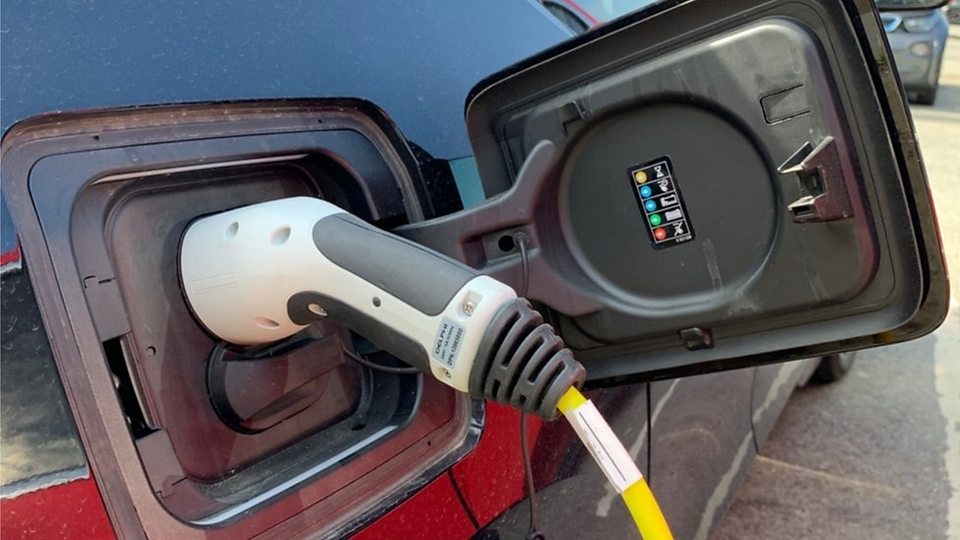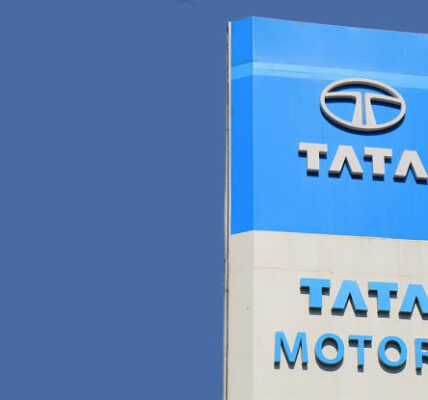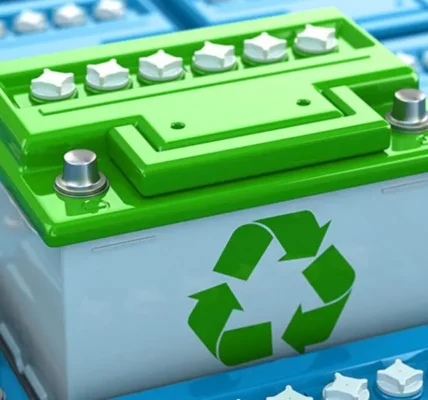According to a report by the International Council On Clean Transportation (ICCT), nearly 50 percent of the world’s electric vehicle sales are concentrated in 25 global cities touted as the EV capitals of the world.
Startups in India are, however, spearheading a revolution in this area. India is soon expected to join the league of EV capitals. Some of the notable startups that manufacture two-wheelers or work in areas such as battery tech, vehicle diagnostics, and analytics as well as charging are Ola Electric Mobility, a unit of Bengaluru-headquartered ride-hailing company Ola, Bengaluru-based Ather Energy, Tamil Nadu-based Ampere, Gurugram-based 22 KYMCO and Mumbai-based ION Energy.
In 2019, the electric vehicle segment in India saw few significant developments, as the authorities approved an INR 10,000-Cr program under the FAME-II (Faster Adoption and Manufacturing of Electric Vehicles) scheme for the promotion of electric and hybrid vehicles, and several automakers stepped in to boost the country’s automobile manufacturing ecosystem.
Besides the Centre, as many as 11 state governments came up with comprehensive policies on electric vehicles. Several states set goals to attract huge investments for the EV segment.
The government has been emphasizing the need to scale up electric vehicle manufacturing. According to a Niti Aayog report, the country needs a minimum of 10 GWh of cells by 2022, and about 50 GWh by 2025. The government has proposed a five-year program to promote the development of plants that support large-scale manufacturing of competitive, integrated batteries and cells in phases till 2024.
India’s fleet of battery-operated three-wheelers has expanded from 4,000-strong in 2010 to more than 1.5 Mn within less than a decade. Every month, 11,000 electric rickshaws are produced, according to a consulting firm AT Kearney. The success of low-maintenance, homegrown e-rickshaws by manufacturers such as Kinetic Green and Mahindra has been an inspiration for EV startups.
Efforts Towards Cleaner Sources: Ideally, the first step towards transitioning from traditional internal combustion vehicles to EV counterparts should be the deployment of solutions generating clean energy. However, efforts are being made to switch to renewable sources of energy. For instance, state-owned Indian Oil Corporation (IOC) is looking to enhance the country’s capacity for developing indigenous batteries powered with new metals. Metal-air batteries produce energy by oxidizing metals such as iron, zinc, and aluminum. Automakers such as TVS Motor Company in India are also working towards harnessing solar and wind energies.
Startups Race To Resolve Charging Infrastructure Challenges. The lack of charging infrastructure in India has resulted in customers still hesitant to adopt electric vehicles. Rudratej Singh, president and CEO of BMW Group India, says that the infrastructure for electric vehicles in India is still ambiguous and uncertain, which affects the price and acceptability of this segment among its consumers. Toyota stopped manufacturing electric and hybrid cars for the Indian market for the same reason.
However, many companies have stepped up their plans to create an EV ecosystem. In July 2019, at the launch of Hyundai Kona, the company pledged to invest $200 Mn (more than INR 1,400 Cr) over the next three years to develop affordable electric vehicles for the Indian market.
The Tata Group has announced plans to make electric cars and batteries, set up charging stations and build a battery recycling plant. Four Tata group companies – Tata Motors, Tata Chemicals, Tata Power and Tata Croma – have joined hands to build an electric vehicle ecosystem.
The Ministry of Power has adopted all three of the charging standards currently followed by automakers in the country: Japan’s CHAdeMO, Europe’s Combined Charging System (CCS) and the homegrown Bharat Standard. According to the state-owned Energy Efficiency Services, which is the world’s largest public-sector energy service company, India will have 79 Mn electric vehicles plying on the roads, and 8 Mn slow and fast public charging stations will be installed by 2030. The EES will be setting up 2,600 charging stations by December 2020 – each comprising at least six charging points.
The latest trends suggest a rising interest in electric cars among the masses in comparison to electric two-wheelers and ICE (petrol-/diesel-based) cars. However, mass adoption is expected to start with two-wheelers and three-wheelers.
“During 2018, 79 percent of all vehicles sold in India were scooters. Once people see that the shift to two-wheelers is not only silent but also economical, this will create an impetus for the shift from cars,” said Akhil Aryan, co-founder, and CEO of ION Energy.
Additionally, state transport units (STUs) are being pitched as the solution for transitioning to EVs across geographies. STUs have already started running electric fleets, both intra- as well as inter-city (within a distance of 300 kilometers). With a government push, EV penetration is expected to start in tandem with public transport, specifically in the STU and three-wheeler segments.








